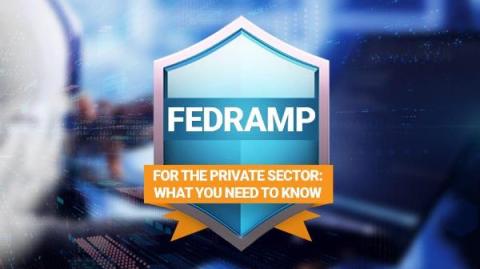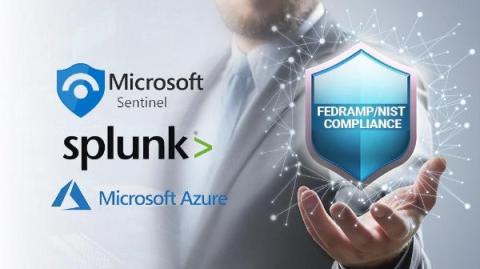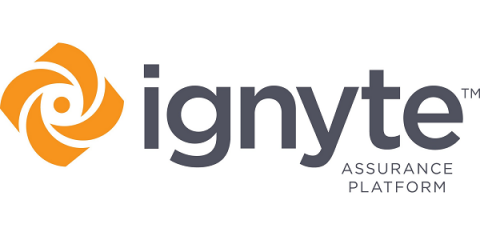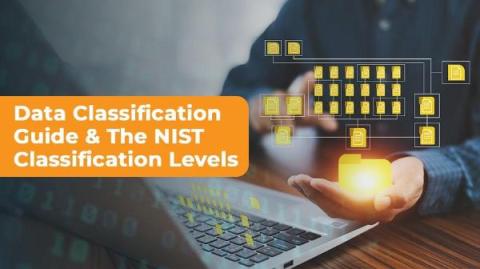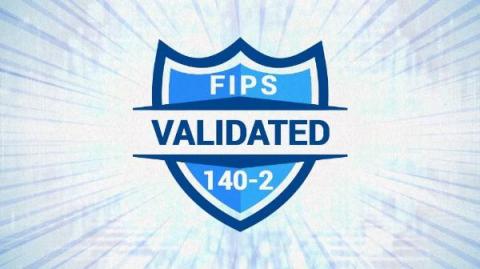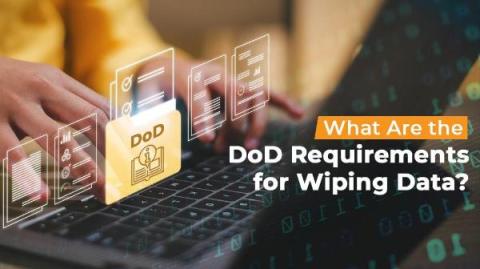FedRAMP for The Private Sector: What You Need to Know
FedRAMP is the Federal Risk and Authorization Management Program, and it’s one of the common security frameworks used by the government, its agencies, and the contractors that work with it. However, it’s not solely restricted to the government: FedRAMP can be used in the private sector just as well. The question is, how does it work if you want to do so, do you need to follow it, and what are the benefits of doing so?


